Getting a Dog? Stock Up Now
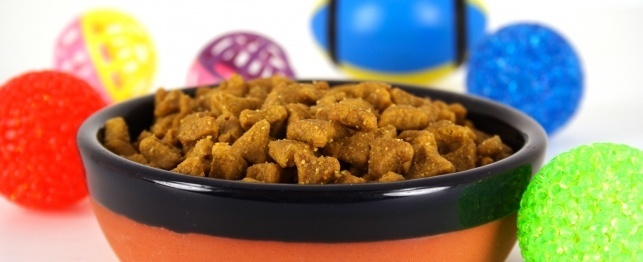
Dogs
You went to the shelter and fell in love. Maybe it was the eager look on that German shepherd puppy who wanted to play, or the stately elegant look of the adult poodle. Whatever captured your heart, the day is not yet over.
Before bringing your new dog home, you should stock up on some necessary supplies to make his welcome much easier. This also gives you time to scout the area for the best and most convenient pet supply store.
It's wise to get your shopping done before bringing in your new dog. There are few differences in what you need for a puppy versus an adult dog, but most of the items are the same.
An approved dog carrier. You will need this to bring him home from the shelter and for trips to the groomer and veterinarian. You might consider a safety harness to transport him safely in your car.
Bowls for food and water. Choose metal. Besides being more sturdy, metal is easier to clean and does not break like glass or ceramic. Avoid plastic – it will fray when chewed and is not as sanitary as metal.
A bed and accessories. For most dogs, a washable plastic bed padded with washable towels or blankets is fine. For comfort, give your puppy a tee shirt or old bathrobe that holds your scent. Make sure the bed fits inside the crate. If your puppy is nervous, a ticking clock and sturdy, baby-proof and well-stuffed toy will keep him company for the first few weeks.
Soft collar/head halter and ID tags. You may want to consider having your veterinarian implant a microchip if the shelter has not done so already.
Leash. You may want to buy two of different lengths. A shorter leash (about 5 or 6 feet) is helpful during walks around the neighborhood. You can control your dog to keep him safe from traffic. A longer leash, about 20 feet in length, is useful when you begin training your dog to obey you.
Safe toys. Have just enough to keep him distracted from chewing your shoes and other off-limit items. Check the labels and look for quality, just as you would when buying for children. Be sure that parts won't break off; buttons, plastic shards and small balls can lodge in his throat and block air passages.
Pet insurance. A puppy can be very expensive. The routine veterinary care to keep him healthy will add up, not to mention the expenses involved if he gets sick or injured. Pet insurance allows you todo what's best for your dog if he has an accident or falls ill. There are even options to help pay for routine care. Embrace Pet Insurance offers policies that cover up to 90% of your vet bills. They also have Wellness Rewards, a program that helps you pay for vaccines, spaying/neutering, and more. The best time to get a pet insurance policy is now, before your puppy gets sick or injured.
Grooming tools. Find a groomer that meets your needs. He can advise you on which tools are best for grooming your particular breed of dog.
Flea comb. Start off right to make sure he's free of fleas. Combing is good for the skin as well.
Pet specific household cleaners. These should include a spot remover and an odor remover. Though many products claim to do both, expect to buy one of each; one is usually better for a particular job. A crate to serve as his den. Wire is more portable than plexiglass and allows for better ventilation in warmer climates. Since your puppy will grow, you should buy one that can be sectioned off to allow for expansion. Otherwise, you will need to buy a new one in several months.
Baby gate. Block off dangerous areas such as stairways, as well as places that are vulnerable to your puppy's inevitable indiscretions (housebreaking will take a little time). You should also consider fencing in your pool. Dogs that fall in, especially puppies, often cannot get out of a pool on their own.
Puppy pen. This is a useful item when you want to confine your puppy in a larger area for him to play in.
Puppy food. Ask your breeder or shelter what brand your pup is used to. Changing his diet abruptly may cause stomach distress. If you want to change foods, phase them in by mixing them with his old brand for several weeks.
Your puppy is like a child – he will roam and explore without worrying about his safety. Always puppy proof your home by putting dangerous items, like chemicals, safely out of reach. Don't forget that some plants are toxic as well. To learn more about how to puppy proof your home, see the related article "Here Comes the Puppy!"
I hope this lists helps you shop and get ready for your new dog.


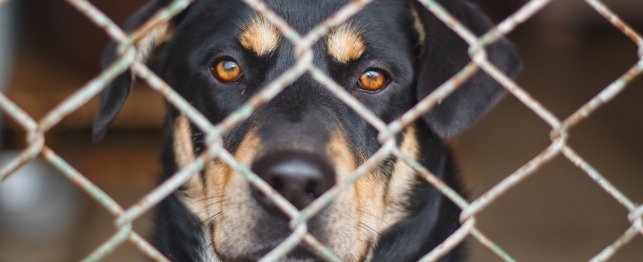 Why Do We Need Shelters?
Why Do We Need Shelters?
Why Do We Need Shelters?
Why Do We Need Shelters?
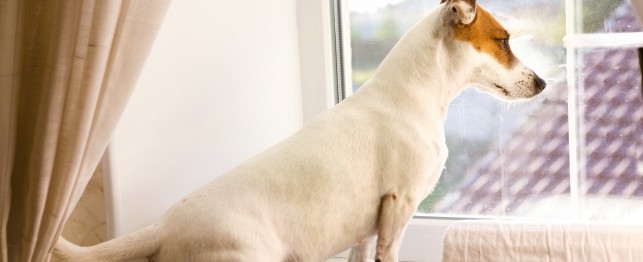 How to Love a Dog in an Apartment
How to Love a Dog in an Apartment
How to Love a Dog in an Apartment
How to Love a Dog in an Apartment
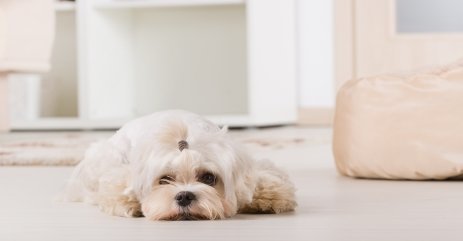 Advice for Allergy Sufferers Wanting a Dog
Advice for Allergy Sufferers Wanting a Dog
Advice for Allergy Sufferers Wanting a Dog
Advice for Allergy Sufferers Wanting a Dog
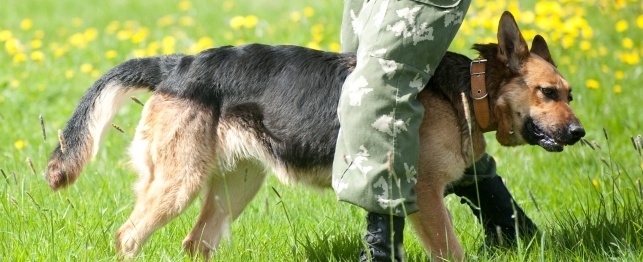 What Dog Breeds Can Be Police Dogs?
What Dog Breeds Can Be Police Dogs?
What Dog Breeds Can Be Police Dogs?
What Dog Breeds Can Be Police Dogs?
 What to Look For in an Ethical Dog Breeder
What to Look For in an Ethical Dog Breeder
What to Look For in an Ethical Dog Breeder
What to Look For in an Ethical Dog Breeder